What's the Difference Between a Heart Attack and Sudden Cardiac Arrest?
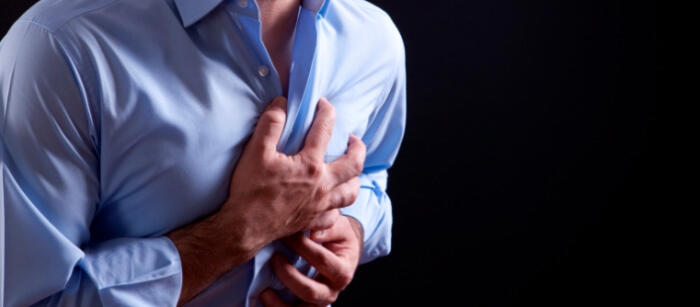
Until it happens to us or someone we love, most of us don’t know the difference between a heart attack and a sudden cardiac arrest. Many assume that "heart attack" and "sudden cardiac arrest" are interchangeable terms.
But when it comes to something that causes around 7,000 out-of-hospital cardiac arrests a year in Victoria alone, we really should be as informed as possible to ensure we’re doing everything possible to help save lives.
The Key Difference Between a Heart Attack and a Sudden Cardiac Arrest
The main difference is the cause. A heart attack is caused by a blockage of the blood flow to the heart whereas sudden cardiac arrest is caused by a malfunction of the electrical impulses that go the heart, stopping it from beating.
Many people believe what happens in a heart attack is that the heart stops beating, but this isn’t always the case. A blockage does cause pain and serious symptoms, but it won’t usually cause swift death the way a sudden cardiac arrest can.
What Is More Serious?
When it comes to mortality rates, a sudden cardiac arrest is sadly much more likely to be fatal. This is mainly because of the quick time frame involved – death can happen in minutes. When it comes to a heart attack, it can take hours or days for the symptoms to progress to a point where it is deadly.
The reasons for a heart to stop beating suddenly can be wide and varied, but there is one thing in common – bystanders must act quickly to ensure the best possible chance of survival.
An Easy Guide to the Key Differences Between a Sudden Cardiac Arrest and Heart Attack
From the causes to outcomes and even what to do, there are many differences to be aware of:

What Should You Do to Help Someone in Sudden Cardiac Arrest?
As a bystander, there is actually a great deal you can do to keep someone alive until better-qualified help arrives. If you’re First Aid trained, you will know the DRSABCD steps and can identify if the casualty is unconscious and not breathing, or not breathing correctly. Those in cardiac arrest can often give occasional gasps or struggles for breath, but if they aren’t breathing ‘normally’ then you should regard their breathing as ineffective and progress to CPR.
The priority of a bystander should be to keep the heart pumping so the brain continues to get oxygen in the time it takes for a defibrillator or better-qualified help to arrive. Bystander CPR given within 4 minutes of the heart stopping has a huge impact on survival rates. This is because, for every minute without CPR, survival decreases by up to 10%.
While CPR is a fantastic technique for keeping someone alive, the only way to return the heart to its normal beating pattern is through defibrillation. A defibrillator shocks the heart back into a normal rhythm by sending electrical signals through the heart, interrupting the ‘fibrillation’ pattern.
This is a heart in fibrillation:

This is a heart beating normally:

If you have a defibrillator available at the scene it is vital that you use it, as every minute that passes without defibrillation sees the chances of survival drop by 9%. Importantly, when a bystander gives CPR the casualty is 8x more likely to have a shockable rhythm that may respond to defibrillation (source: VACAR 2014/2015).
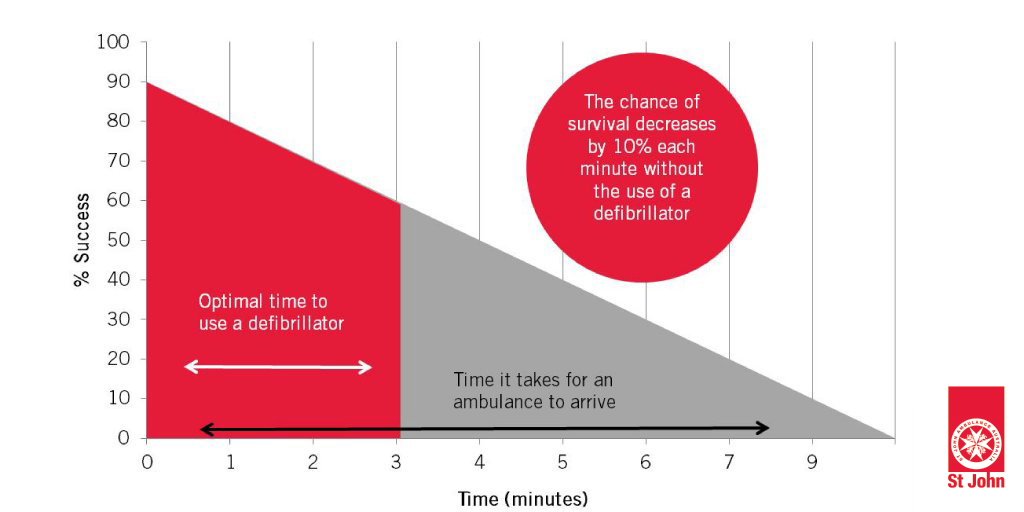
This is why it is so important to know CPR and have defibrillators easily accessible. While you may get instructions from the Triple Zero operator on how to do CPR if you haven’t done training, this is never an ideal time to be learning CPR. Doing a course beforehand will ensure you know the correct position, depth and timing to be effective at pumping blood through the heart. Not to mention how being prepared will reduce your levels of panic and likelihood of being paralysed by fear.
What Should You Do to Help in A Heart Attack?
When it comes to a heart attack, the best you can do to help is call for an ambulance on Triple Zero and describe their symptoms. They will need medical treatment in a hospital to help, possibly even surgery.
Get the casualty to sit or lie down and rest and loosen any tight clothing while you wait for the ambulance to arrive.
Performing CPR or defibrillation on a conscious person with symptoms of a heart attack will not help unless they go into cardiac arrest. If they do you will need to be prepared to perform CPR.
Knowing the difference between a sudden cardiac arrest and a heart attack means you can better know how to respond quickly. Minutes matter in a sudden cardiac arrest and your First Aid Training will kick in to make you a lifesaver.
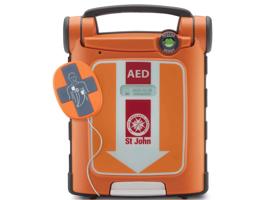
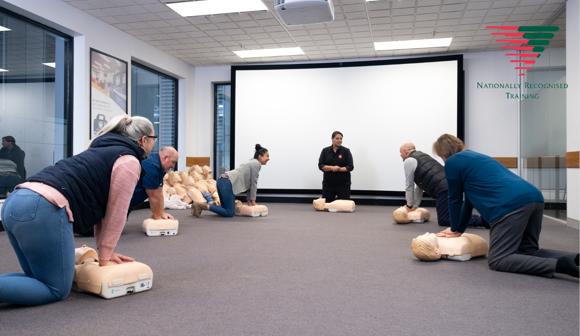
PROVIDE FIRST AID
Learn how to manage a range of common first aid scenarios.
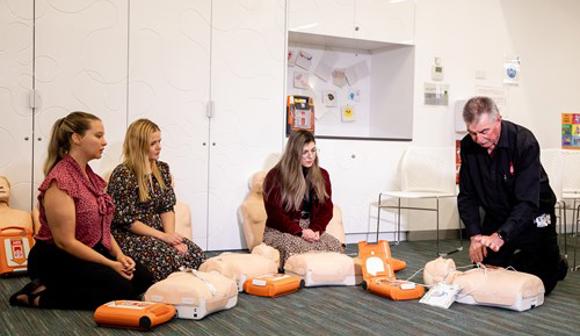
PROVIDE CARDIOPULMONARY RESUSCITATION
Learn the skills to perform life-saving (CPR) on an adult, child or infant who is unconscious and not breathing normally.

Mental Health First Aid
Learn about the signs and symptoms of common mental health problems in adults, how to recognise and respond to an emerging or worsening mental health problem and the treatments and supports available.
